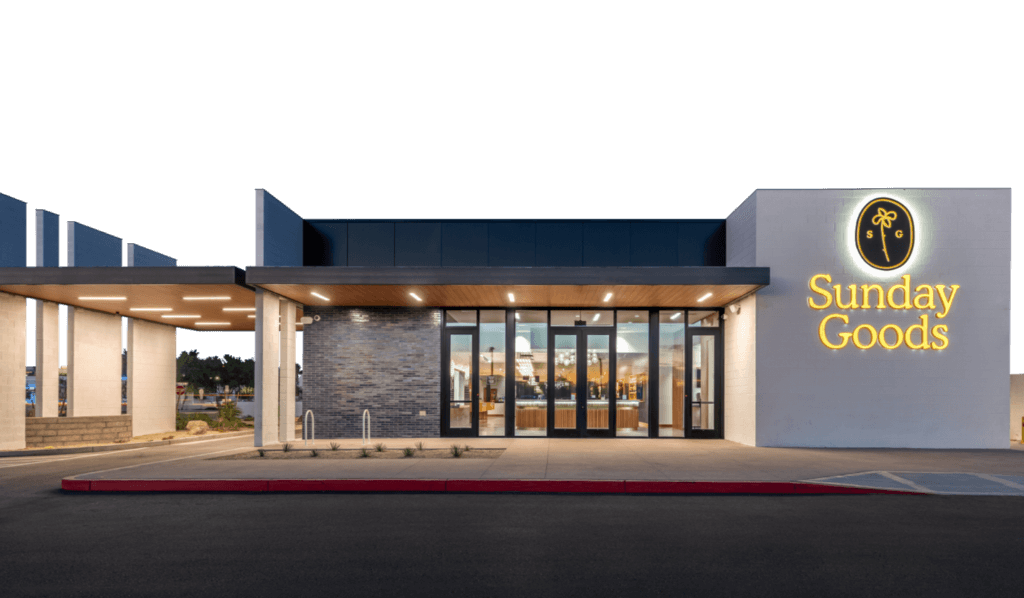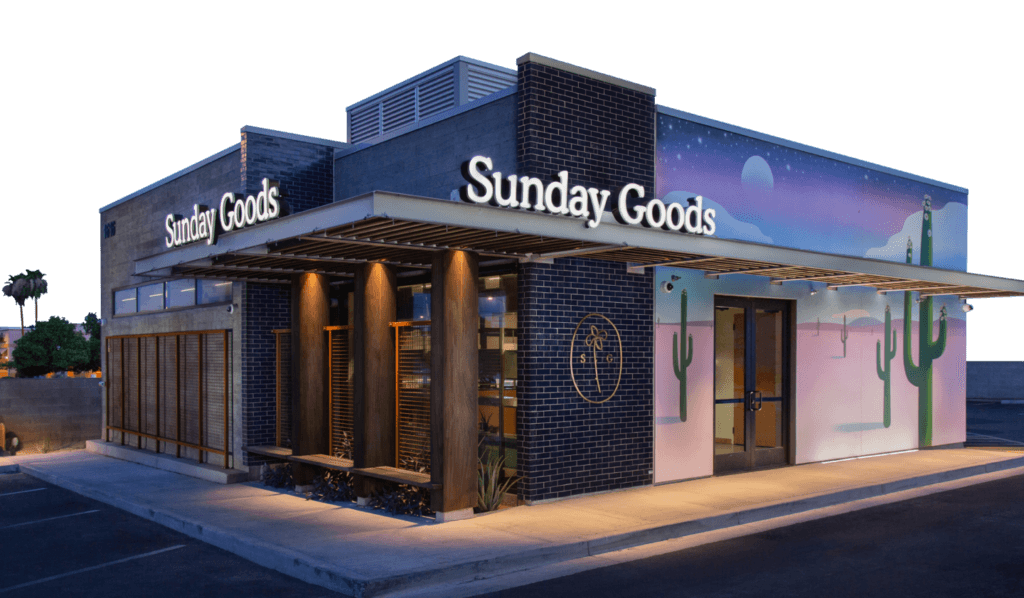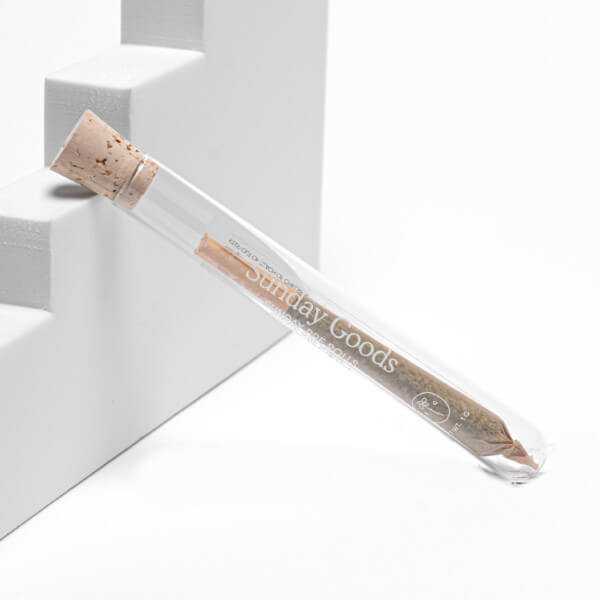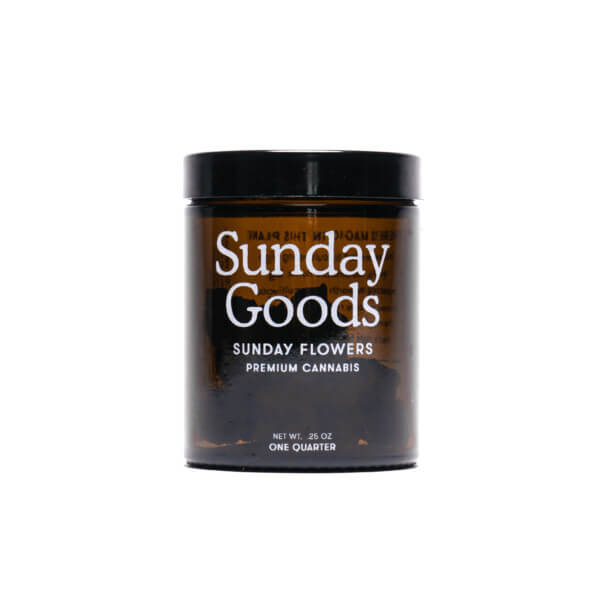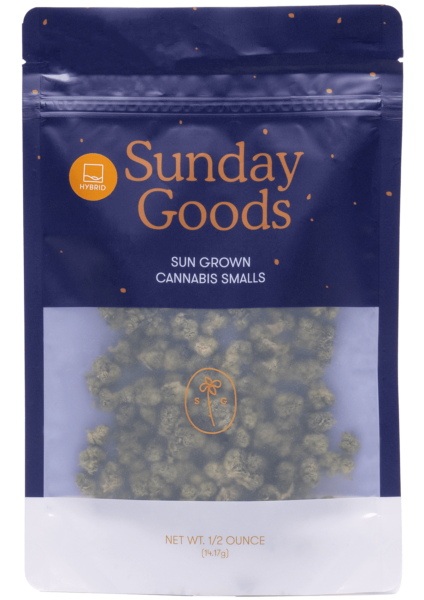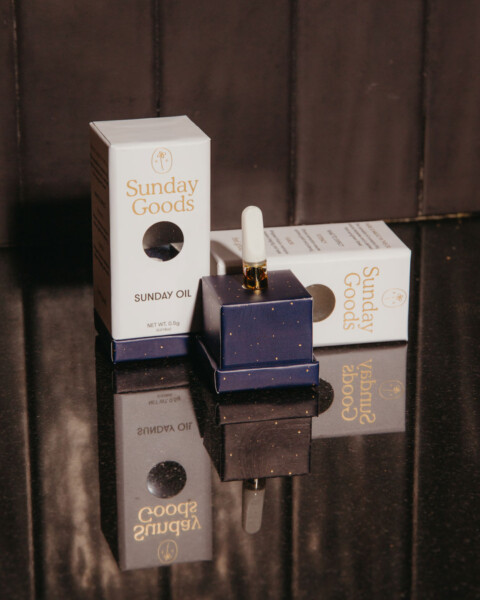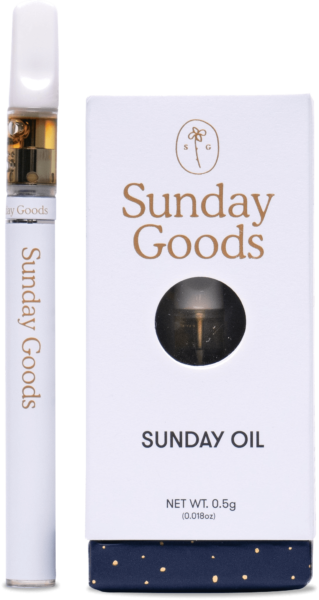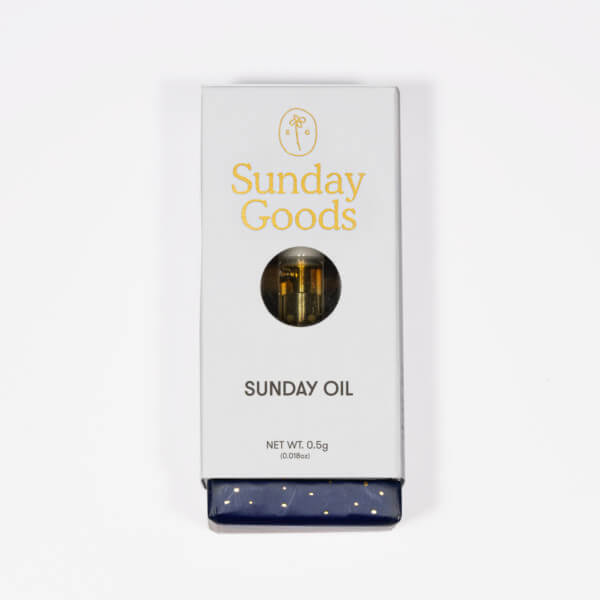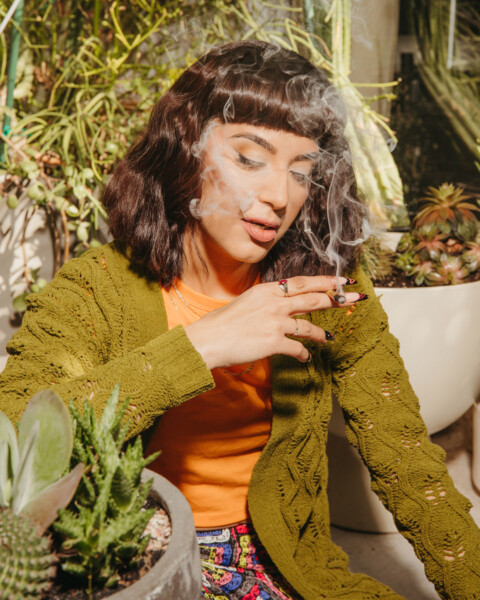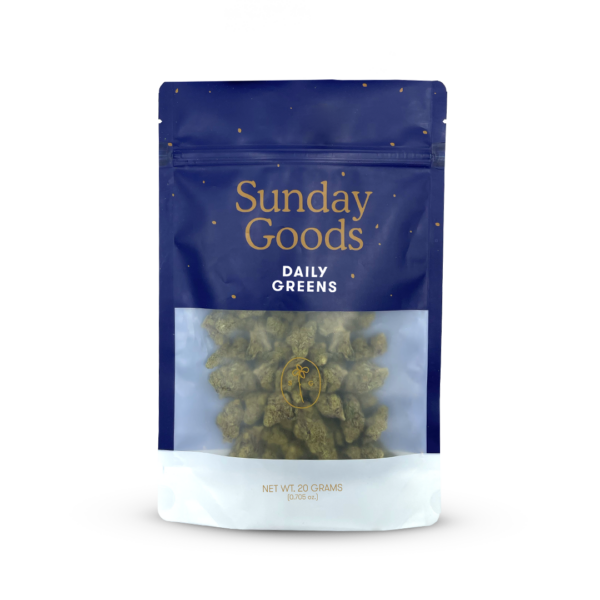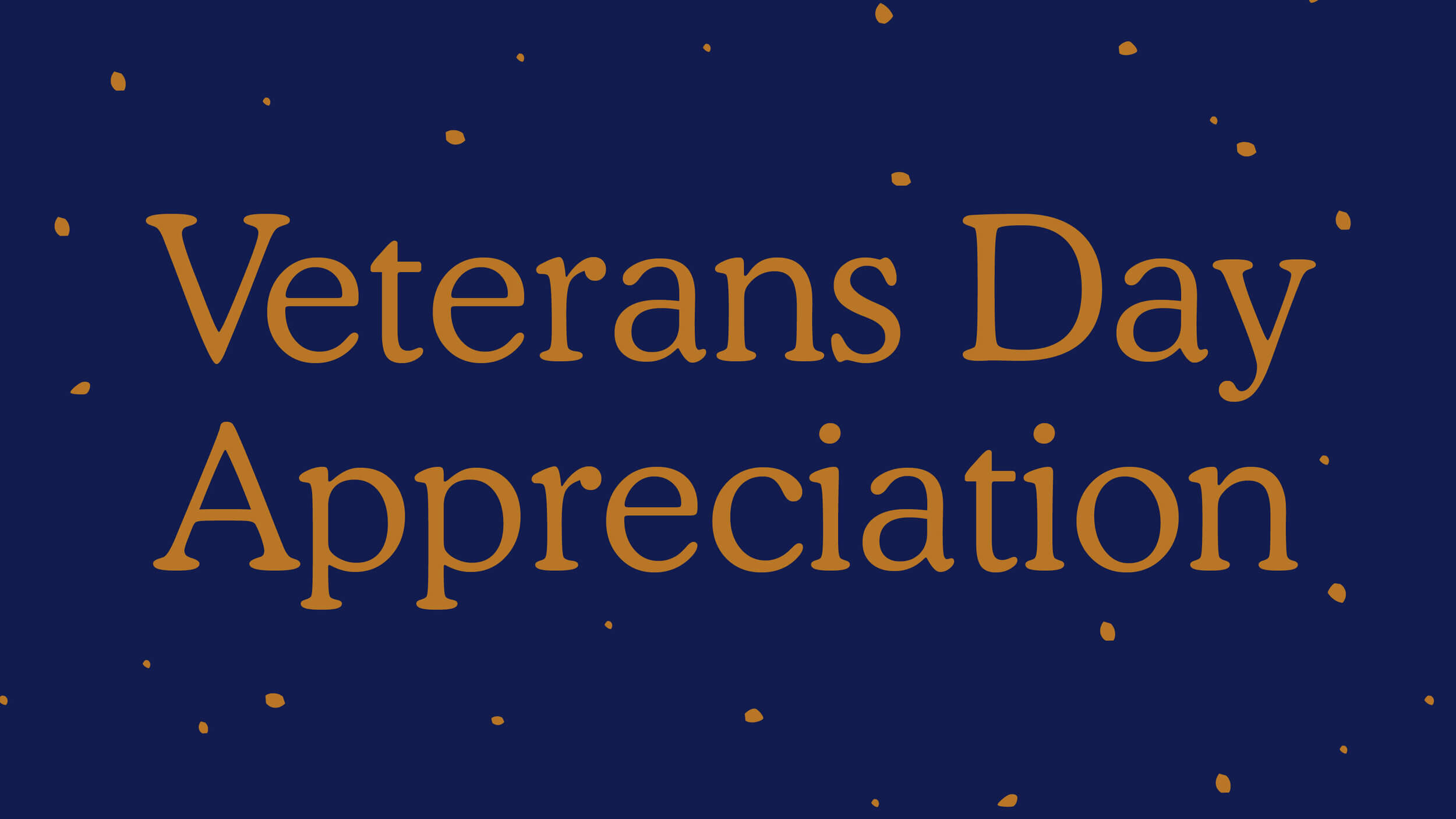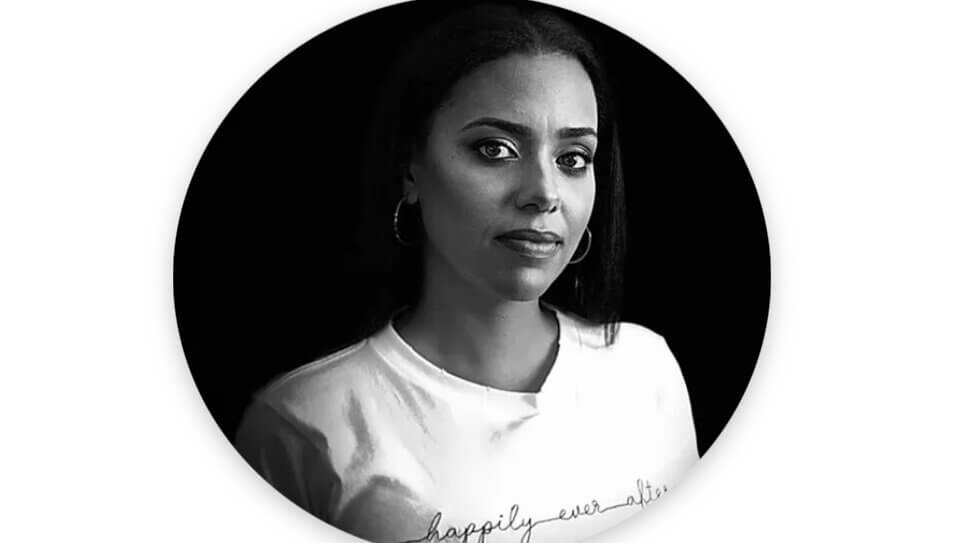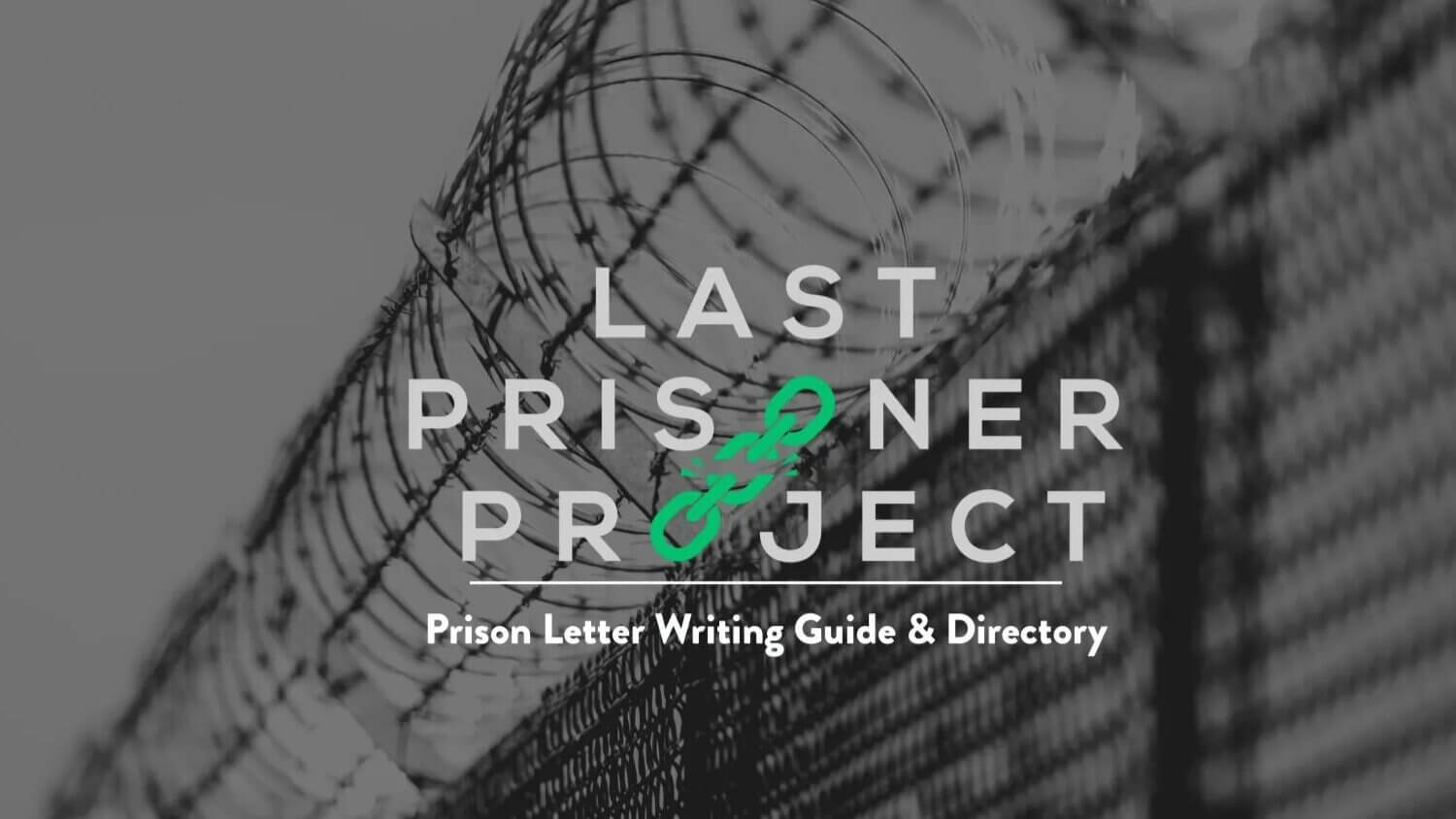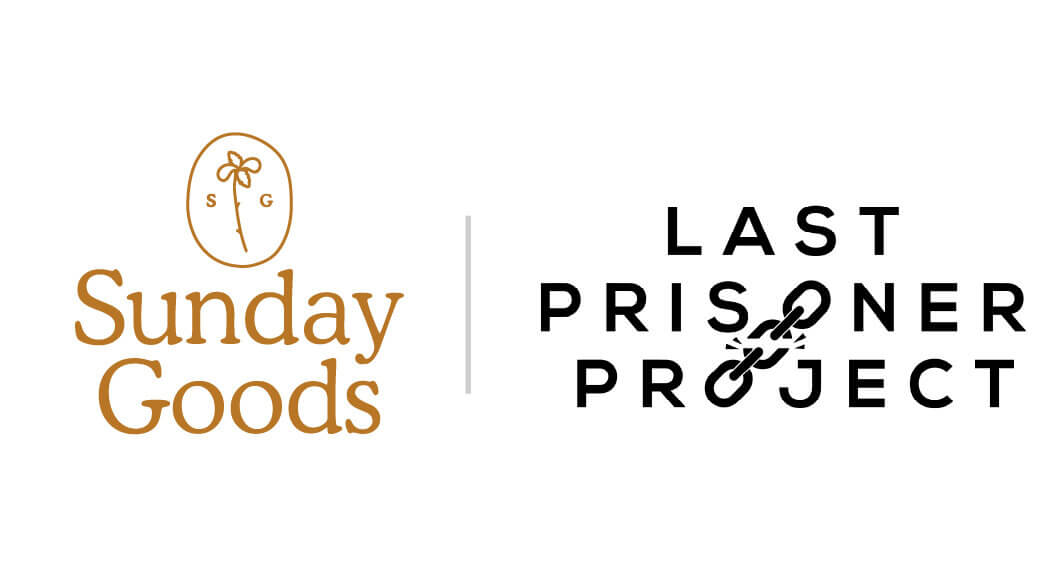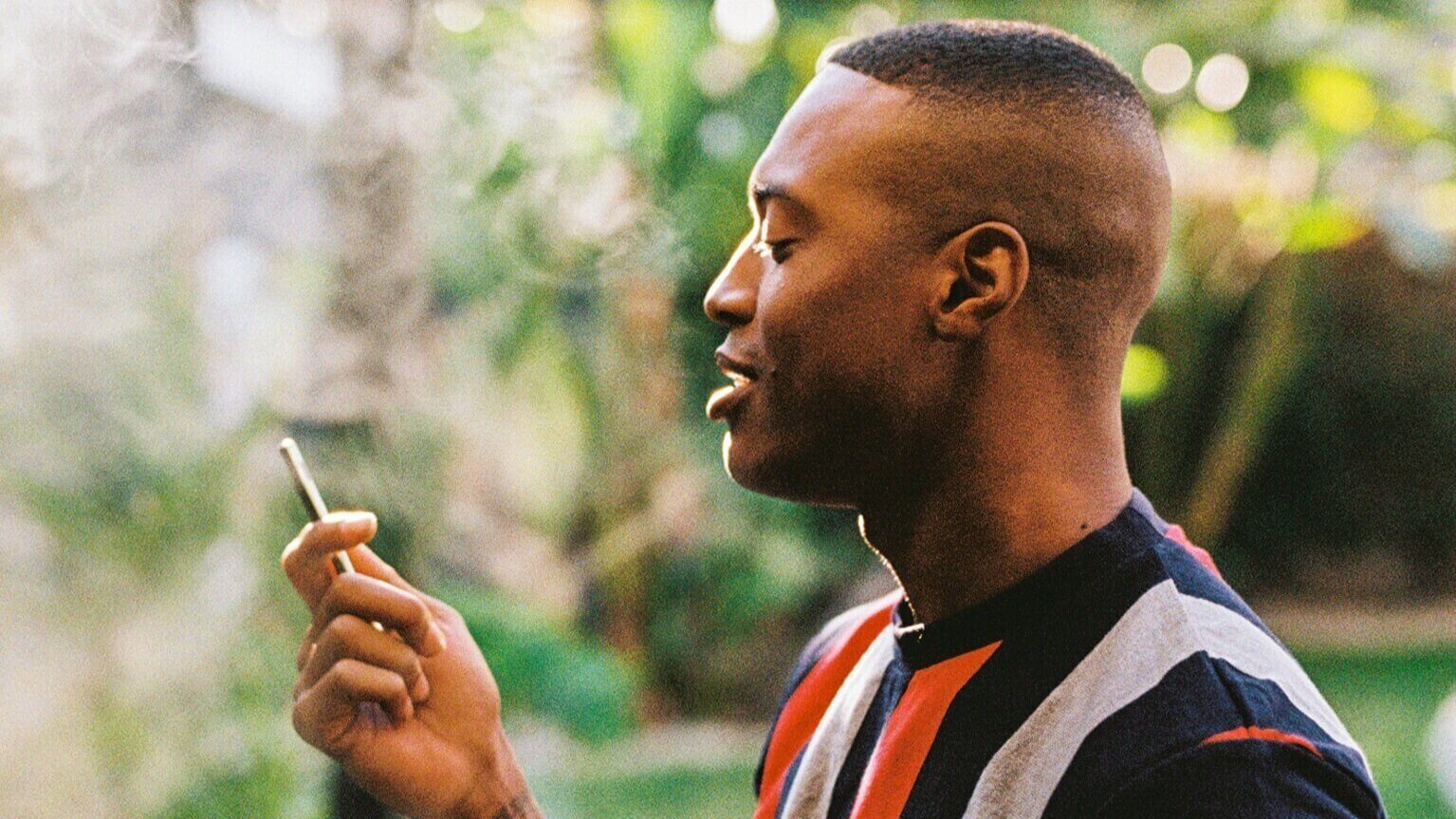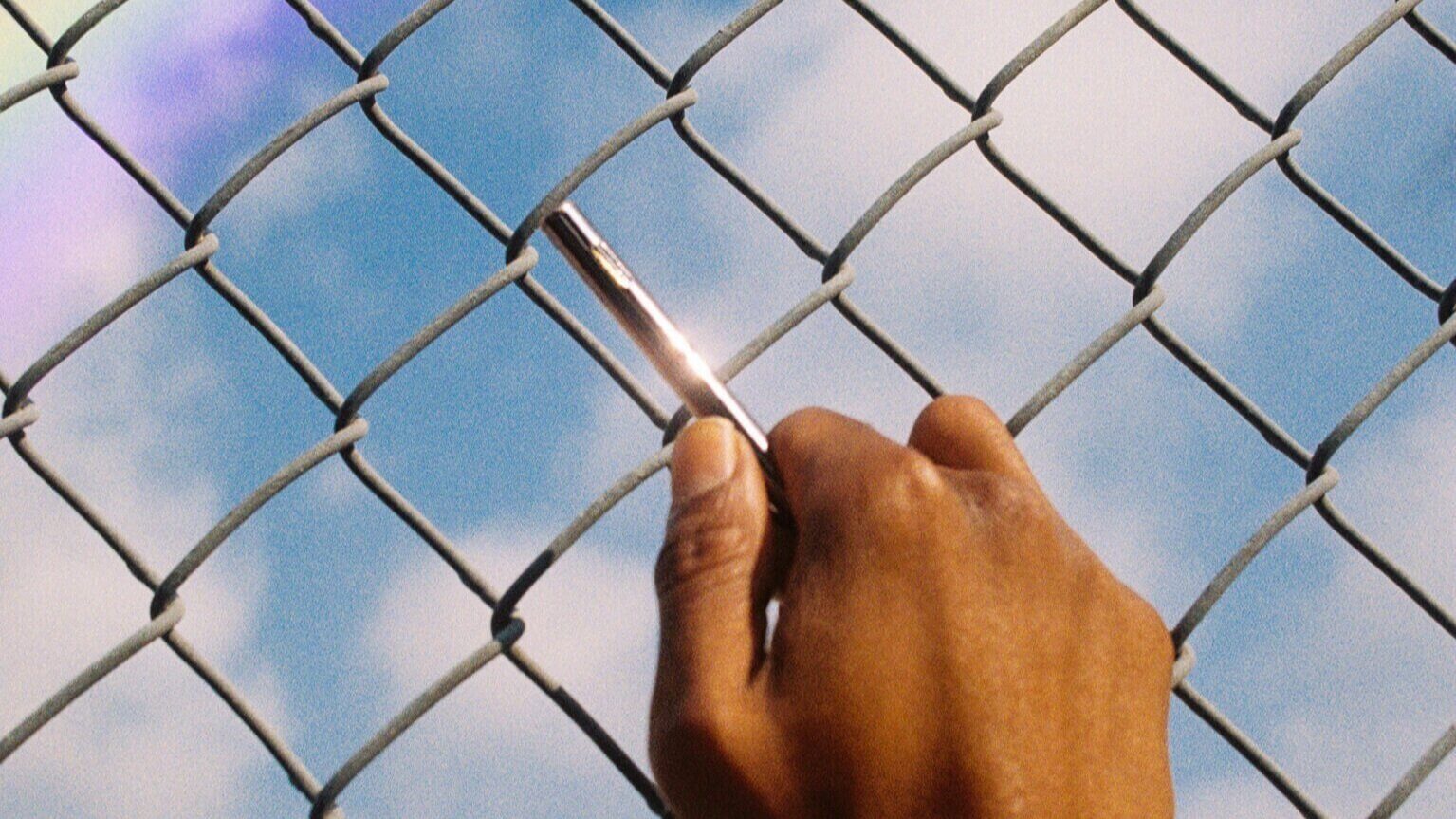








Social Impact
International Women’s Day with Taylore Evans
manufactur - March 8, 2021
We first came across Taylore C.Y. Evans (aka @outlandishblueprint) when looking for an artist to shoot our apparel campaign. We fell in love with her eye and the way she captures people, and we immediately knew she’d be the right person for the job. This International Women’s Day we’re shining a light on her work and what led her up to this point in her career. Keep reading to learn more about Taylore.
Tell us a little about yourself!
First of all, I’m so grateful for the opportunity Sunday Goods is providing to share my story and share my voice, so thank you!
My name is Taylore C.Y. Evans, a southern-born city lover, born in Louisiana raised in San Diego, now establishing my content marketing agency in Arizona. I have always found myself flirting with my imagination as a way to escape the bounds of the reality that told me that I didn’t fit in. All that flirting and exploring with my imagination (along with many other life lessons) has helped me find myself and has translated into skills that are helping me serve a purpose that I’m very passionate about – helping others identify and turn their vision into reality, with my unique style of photography and my sincere desire to apply structure to people’s creative processes.
How did you get into photography?
It all started within a transitional period of my life. I was 19 going on 20, and was moving away from a reality that wasn’t truly serving me. So I decided to make a big move from San Diego to Phoenix permanently, to acquire a job that would support my independence. I found a new job within a week of moving here to Phoenix that paid me considerably more than working at Sea World back in San Diego. I was finally able to get my own apartment, car and new wardrobe. This was my first major accomplishment, as an adult, and it helped build up the low self esteem that I once had, so much so that it got a bit out of hand. I was also able to invest in my physical presentation more than I ever did before.
I would routinely get my nails & hair done, all types of make up and all other beauty essentials, and this led me down a path of heavy conceit. I was obsessed with my self and my looks. I was constantly taking a snapchats here, taking a selfies there. I was taking pictures everywhere. Until one day, I was looking for a picture of a friend for their birthday, and couldn’t find one because I had maybe 2,000 photos of myself. I had no photos of those that I cared most about, or that I loved. I wanted to change my focus and so I was determined to turn it all around from that day moving forward. I vowed to start intentionally taking pictures of others, and from that promise I discovered a talent that was directly in front of my face, the lens was just turned the other way for a time: a love of photography! It all worked in the end because I feel that photography helps me help other people find and feel confident in front of the camera and that really makes me feel great!
Do you feel like being a woman has had an impact on your work?
I do feel like being a woman has positively impacted my work, especially in the field of photography. Many women and models have mentioned to me the relief they felt when they found out I was a woman-photographer in the fashion industry. It has come to my attention many times that they’ve dealt with harassment and other inappropriate behaviors from male photographers before in the industry. Not only does that disappoint me, but it also reassures me that I am needed in this field as a safe space for other women to feel confident and safe in-front of the camera.
What’s your relationship with cannabis?
My relationship with cannabis, aka Mama Marijuana, is an on again off again cycle that I deeply respect. I look at cannabis as a healing/medicinal herb, that makes me confront and master my shadow. I personally feel I should use cannabis with a strong intention. Before I light up or even pack my bowl, I like to know what I’d like to take from the experience. I know when it’s time for a break from her and when I am ready to go into another cycle with her, simply through intention. But I do love and appreciate her, Mama Marijuana.
What’s a piece of advice you would give your younger self?
Lil Taye, Lil Outlanda, lol… Those who open their mouth to speak ill about you, to you, in front of you, are simply flattered and enamored by you. The only thing that is wrong with you is you don’t realize that you are supposed to shine bright and stand out. You are a leader, so make sure you talk to yourself more in your alone time, reflect more upon previous situations, ask yourself more questions, and don’t be scared of the answers you say out loud. All the answers lie within you. Life is 90% perspective, so work on your perspective with things and you’ll be just fine! I love you.
Keep up with Taylore on Instagram.
